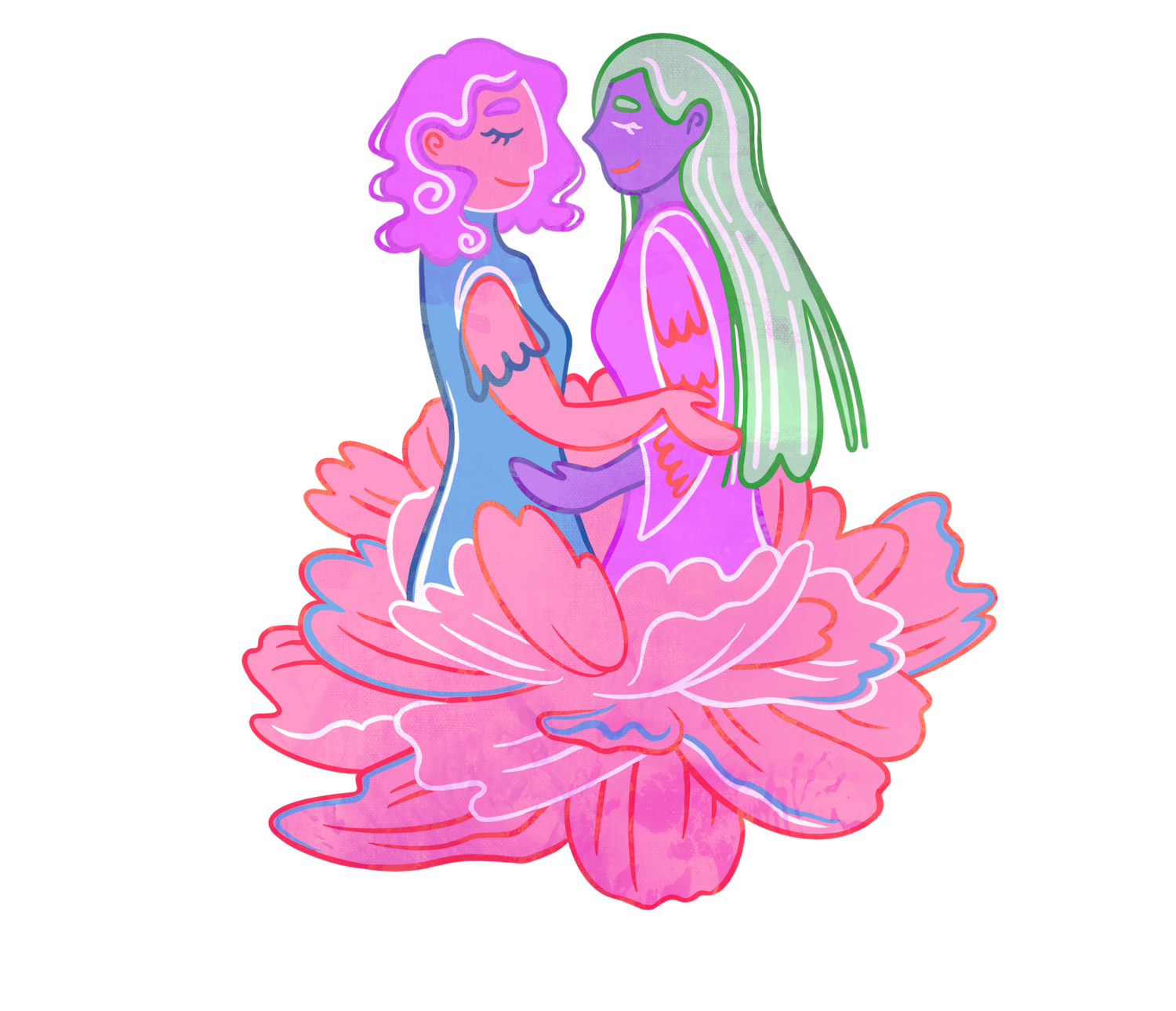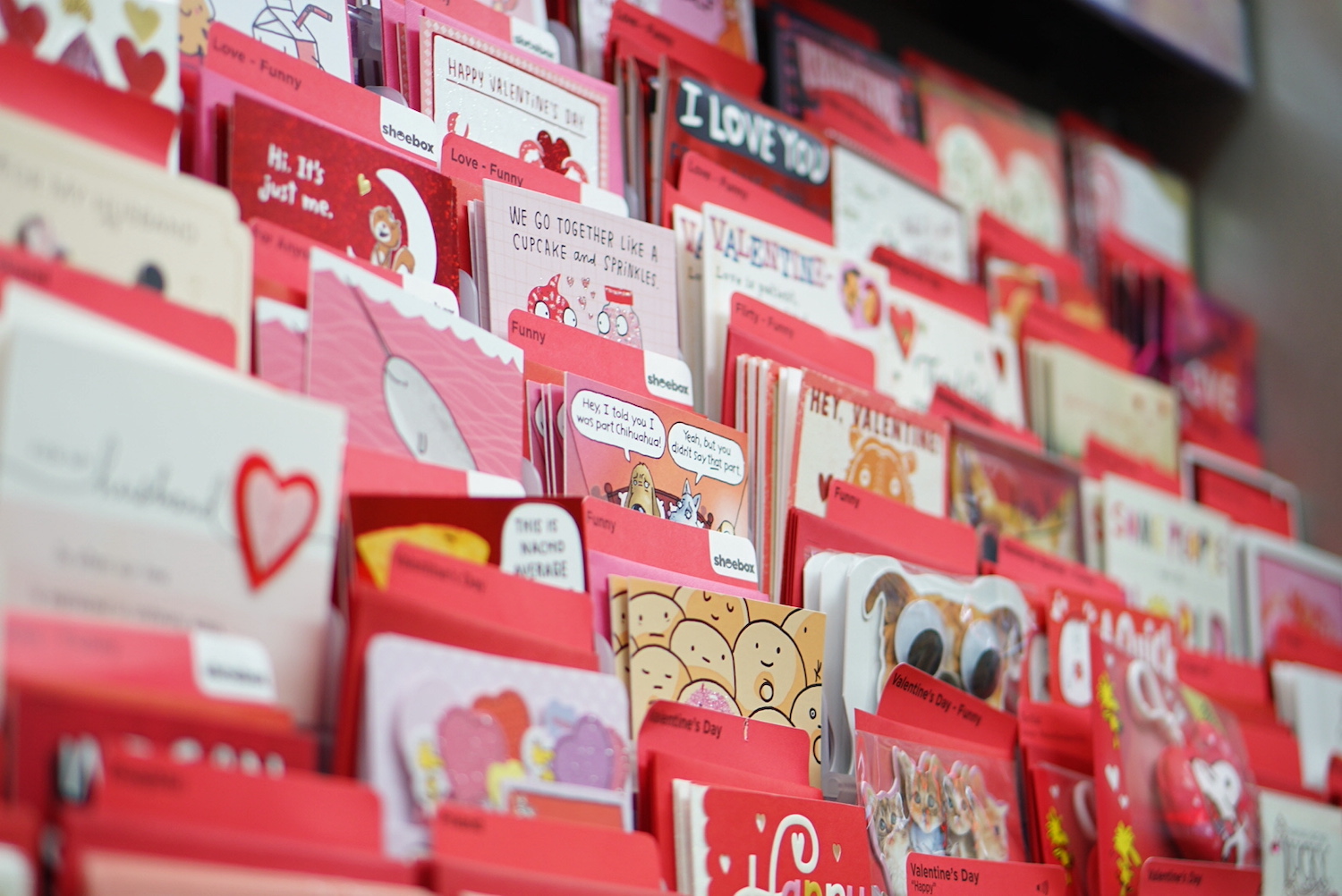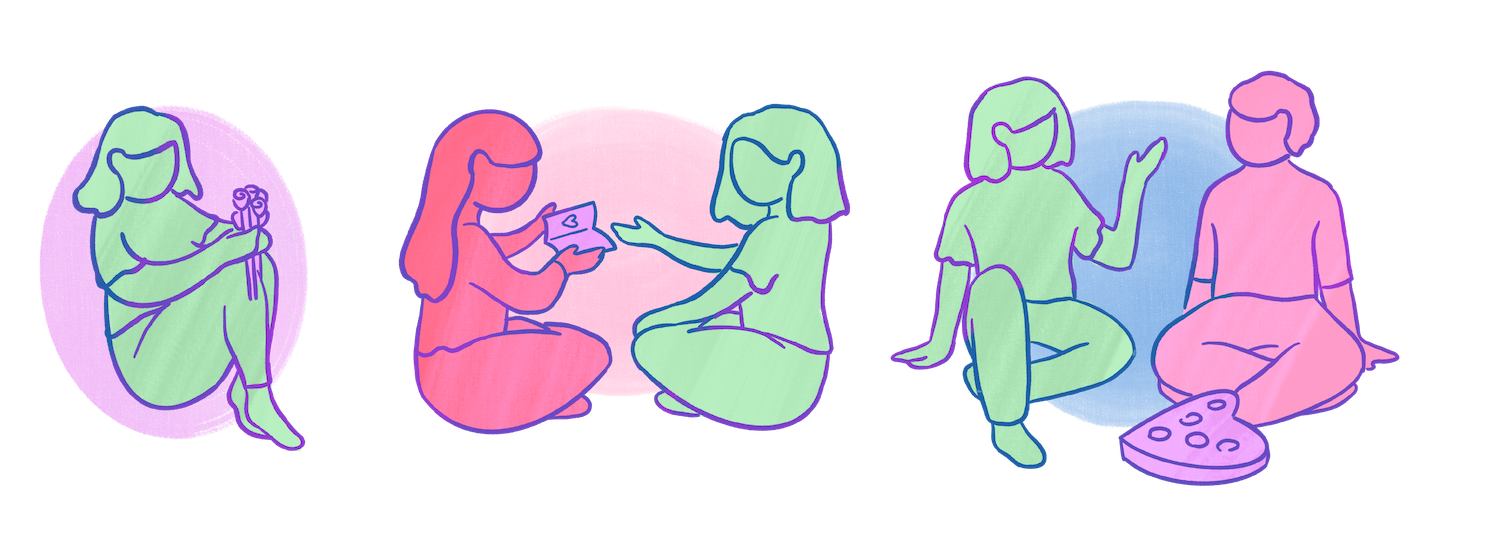Valentine’s Day tends to garner a reaction like no other holiday. Whether it’s excitement about the opportunity to remind your significant other how much they mean to you, or feelings of loneliness and anger, everyone has an opinion.
As Valentine’s Day falls into the category of “holidays you still have to go to school for,” its history isn’t exactly common knowledge. The holiday’s origins are blurry, but a 2011 article from NPR offers one possible account: At the feast of Lupercalia, Roman men would kill a goat and a dog, then proceed to hit women with the dead animals’ hides, which “they believed would make [the women] fertile.” While this tradition has thankfully not withstood the test of time, it highlights a rather dark aspect of a holiday that is today generally considered innocuous at best and materialistic at worst.
Valentine’s Day has obviously deviated from its origins, but the hard fact is it hasn’t evolved to be completely inclusive in practice. Hanging over the holiday is a heteronormative pall which encourages public displays of affection, cheesy gifts and dinner dates. These activities often exclude LGBTQ+ couples in subtle and insidious ways.
Walking down the card aisle at a CVS around Valentine’s Day can be an exhausting affair for queer people looking to celebrate the day with their significant other. A majority of the cards are saturated with inherently heterosexual language. Rarely will there be a card that contains rhetoric pertinent to queer couples. This forces the customer to either choose a card that is general enough to get the point across, or to simply skip the Hallmark stuff entirely.
Another extremely popular way to celebrate Valentine’s Day is to go out for a romantic and often expensive dinner date. Restaurants will typically capitalize on this tradition by advertising Valentine’s Day specials—maybe by offering a small discount or a free dessert for couples. But, the concept of romantic dinner dates is somewhat inaccessible to queer couples. While the general public’s perception of the LGBTQ+ community isn’t as hostile as it once was, the awkward scenario of being called friends or siblings by a server who made the wrong assumption is enough to discourage a couple from going out.
That might only be the first hurdle in a series, however; public displays of affection between queer couples can be met by judgmental stares and silently disgusted expressions. Not only that, but in many parts of the world, it is still dangerous to be openly queer. In fact, an NBC News report from 2019 stated almost 19% of hate crimes committed are motivated by anti-LGBTQ+ ideologies.
These Valentine’s Day traditions exclude queer couples, but that fact doesn’t stop straight couples from taking advantage of the day. As a result, LGBTQ+ people may feel animosity toward the holiday due to double standards. Straight couples can go on dinner dates and be unafraid to make out in public every day of the year. Valentine’s Day, for many, can be an unwelcome reminder of the hardships queer people face in today’s society. As the world progresses and becomes more accepting, LGBTQ+ people continue to fight for a seat at the table.
Valentine’s Day supposedly began as a barbaric—and frankly delusional—way to celebrate fertility and good health in ancient Rome, and has since evolved into a so-called Hallmark holiday that mostly encourages straight couples to celebrate their straight love. On the surface, exclusionary cards from the supermarket and the awkward moment of telling the Olive Garden server that your date isn’t your sister so that you can get the Valentine’s Day couple discount may only seem like minor inconveniences. In reality, these moments demonstrate the deep-seated heteronormativity that continues to permeate our superficial, fundamentally conservative culture. Maybe it’s time for Valentine’s Day to evolve again.






